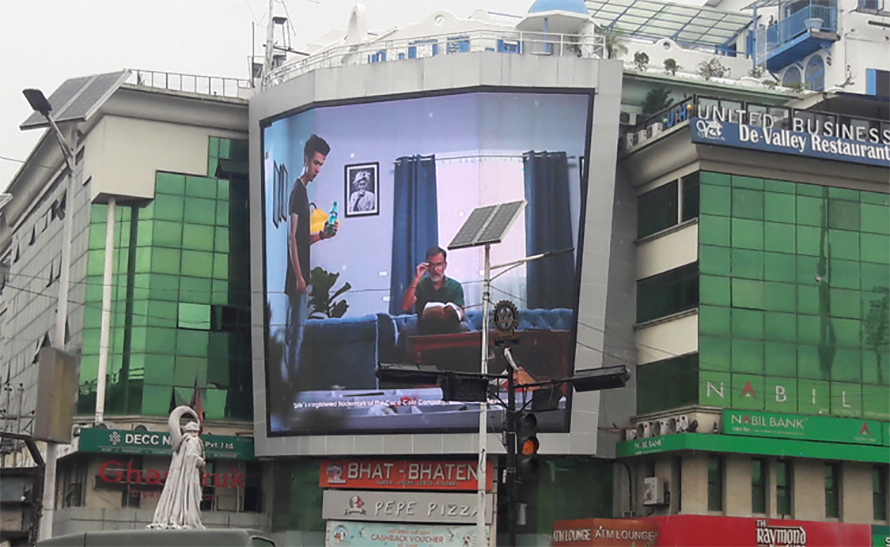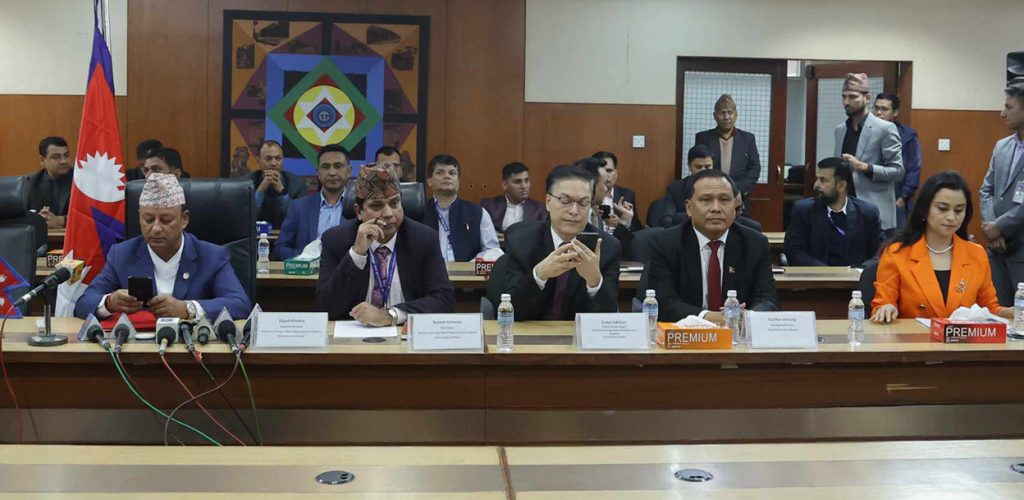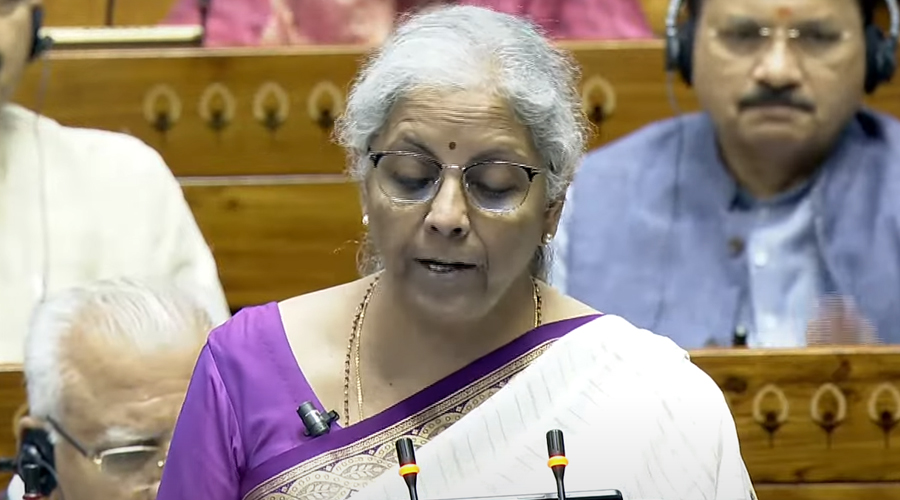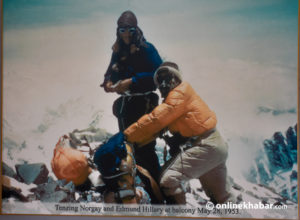
While the worst of the pandemic may be behind us, business uncertainties persist. Factors like rising raw material prices and overheads, ongoing conflicts in regions like Russia-Ukraine and Israel-Hamas, inflation and funding challenges in the startup industry contribute to a slower global growth rate.
Let us look at the advertising industry, especially in comparison to India, Nepal’s neighbour and an upcoming world powerhouse.
Advertising markets
In 2023, the global advertising index, ADEX, reached an impressive USD 971 billion, experiencing a five per cent growth rate. The United States, holding the largest market share at 31 per cent, showed a modest two per cent growth. Notably, India stood out with a remarkable 10 per cent growth, placing it among the fastest-growing advertising markets globally, alongside Brazil.
As per the Pitch Madison Ad Report – an annual report published by Madison World, India’s advertising industry, valued at a staggering INR 99,038 crore, exhibited a robust growth rate of 10 per cent in 2023 and it is poised to surpass the INR 1 lakh crore mark in 2024.
Remarkably rebounding from the pandemic setback in 2020, the sector not only recovered but surged past the 2019 market size by an impressive 37 per cent in 2021. In contrast to the global trend, India skillfully maintains an equilibrium between traditional and digital advertising, with traditional mediums commanding 60 per cent and digital claiming a substantial 40 per cent.
Traditional advertising, encompassing TV, Print, Out of Home and Radio, continues to challenge the global narrative by asserting its dominance. TV experienced growth of seven per cent, Print exhibited a four per cent value increase (six per cent more in space consumption) and Out of Home & Radio made a noteworthy comeback with a growth rate exceeding 11 per cent. In 2023, the growth of digital activities in India slowed to 15 per cent, compared to 35 per cent in 2022 and 50 per cent in 2021.
However, it still holds a significant 40 per cent share in the Indian market.
Outperforming ADEX growth
Digital activities are divided into categories — video (growing rapidly), social (growth rate decreasing), e-commerce, and search & display. The top 10 advertisers in India have not just kept pace but have outperformed the total ADEX growth by an impressive 2X, showcasing their strong belief in the power of advertising.
Notably, six out of the top 10 are FMCG players, highlighting the significant benefits of their mass-appeal advertising strategy, with a major focus on traditional media, particularly TV. These insights reveal the resilience and adaptability of India’s advertising landscape, positioning it as a thriving force in the global market.
It is important to highlight that decision-makers in both advertisers and agencies are increasingly digital-savvy. This trend is noticeable even in markets like Nepal, which have not experienced the same level of digital disruption as India and other regional counterparts. It is essential to adopt a balanced approach. While there is a widespread belief in the effectiveness of social media and digital platforms, the core media objectives of reaching diverse audiences in the country, including those with limited digital access, remain paramount.
Valuable insights for Nepal

Even without specific ADEX data for Nepal, drawing parallels with India makes sense due to our similar audience profiles, values and cultural commonalities. While the absence of Nepal’s ADEX data poses challenges, benchmarking against neighbouring countries, especially India, offers valuable insights. The growth and resilience observed in India’s advertising sector serve as an encouraging example for the region.
Large advertisers, especially in FMCG, can boost confidence and drive growth in Nepal. To do this, they should use a smart mix of traditional and digital strategies that match Nepal’s unique consumer insights. By learning from the trends and successes of neighbouring countries, Nepal can unlock untapped potential and create a thriving advertising scene. Adapting these best practices to local needs as the industry evolves will lift Nepal’s advertising sector to new heights.
Excitingly, there’s a recent trend of successful Initial Public Offerings (IPOs) in India’s advertising sector. For instance, RK Swamy’s IPO was widely supported and oversubscribed, showcasing its success. RK Swamy is a prominent marketing service group in India, providing a range of services under one roof. This success story mirrors another advertising firm that went public a year ago, experiencing a similar oversubscription in India.
This enthusiasm for marketing service firms is a positive start for the region, suggesting potential success in the broader South Asian market. While listed advertising conglomerates are not a new concept globally, the recent wins in India are promising.
This trend can be seen as a positive impetus for establishing a company culture that prioritises team structure, transparency and technology integration. Such an environment provides a robust platform for the younger generation to contribute their innovation and creativity. It makes Nepal an appealing destination for them to build their professional careers.
























